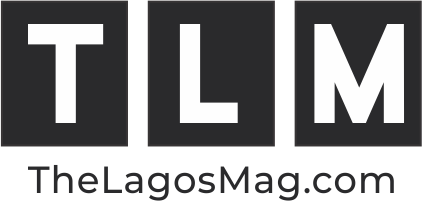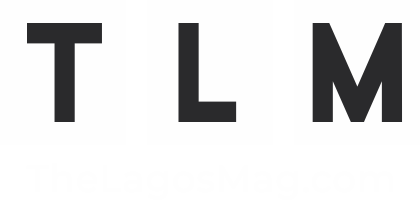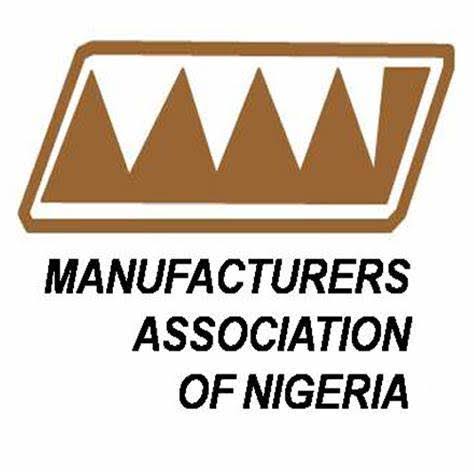According to data from the Stanbic IBTC Purchasing Managers Index (PMI), as the FX crisis deepens, manufacturers’ input prices are increasing at their fastest rate in ten years since records began in 2014.
Nigerian manufacturers have been facing increasing operating costs due to poor consumer expenditure and high financing prices.
According to the research, “Price pressures in the Nigerian private sector intensified during February and were unprecedented in over a decade of data collection.”
“Output prices and input costs rose at the fastest rates ever recorded, with rising prices affecting demand,” the research stated.
The research claims that February saw a sharp increase in input prices as a result of weak exchange rates, which also increased the cost of materials and energy.
For manufacturers, FX accessibility and availability have remained difficult. At the moment, the Central Bank of Nigeria (CBN) charges N1,600 for a dollar, while the black market charges about N1,615 for the same item.
With over 78% of respondents indicating an increase over the course of the month, the most recent increase in overall input prices was by far the biggest since the survey’s inception in January 2014.
“As a result, employment fell for the first time in ten months, and rates of growth in output and new orders slowed sharply over the month.”
The commercial activity fell to its lowest level since December 2023, according to the data. After reaching 54.5 points in January, the headline index fell to 51 points in February. Business conditions are improving when the reading is above 50.0 and getting worse when it is below.
The survey stated that since the private sector’s recovery started in December, “the improvement in business conditions was the weakest.”
A survey of 400 businesses in the manufacturing, services, retail, agricultural, and construction sectors yields the PMI index, which gauges the performance of the private sector.
The composite index is composed of five individual indexes, each with a weight of thirty percent for new orders, twenty percent for employment, twenty percent for output, fifteen percent for suppliers’ delivery times, and ten percent for the stock of items purchased. The delivery times index is inverted to ensure that the index moves in a comparable direction.
Additionally, the report said that as businesses passed on growing input costs to their clients, output price inflation reached a new record high in February.
According to the research, “strong pricing pressures served to restrict new orders in the private sector.”
The report also stated that while new business rose for the third consecutive month on the back of some encouraging indications for underlying demand, the rate of growth dropped considerably and was the lowest in the series.
The National Bureau of Statistics (NBS) reports that since 2016, the most populous nation in Africa has struggled with double-digit annual inflation, with the consumer price index reaching 28.9 percent in December.
The manufacturing sector expanded by 2.45 percent in 2022, while in 2023 it only grew by 1.4 percent. It decreased to 1.38 percent in the fourth quarter of 2023, which was higher than the previous quarter by 0.90 percent and 1.46 percent points, respectively, and lower than the same quarter in 2022.


